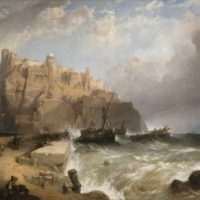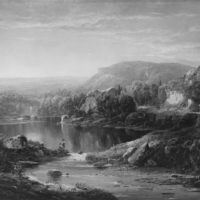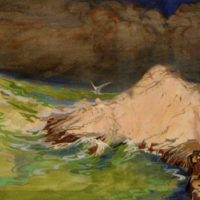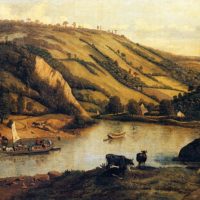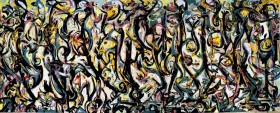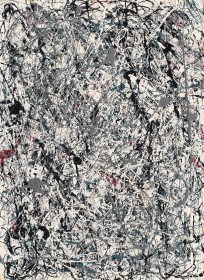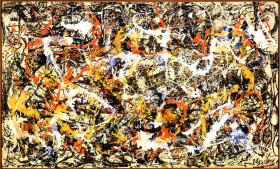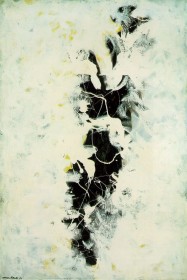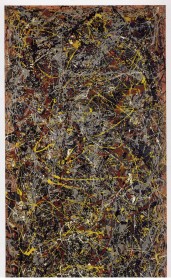| Also known as | Paul Jackson Pollock |
| Nationality | American |
| Born | January 28, 1912 (Cody, Wyoming, United States) |
| Died | August 11, 1956 (Springs, New York, United States) |
| Period | Abstract Expressionism, Modern Art |
| Painting Style | Drip Painting |
Greyed Rainbow is another excellent Drip Painting by the American artist which brings the combination of powerful grey, black and white over the top of other colors like yellow, orange and blue. Jackson Pollock continues his legacy of Drip Paintings. The painting style is more near to his other paintings like Number 5, 1948, Number 19, 1948, Mural, Convergence and Number 1, 1950 than the stand sorts like The Deep and Number 5 (Elegant Lady) in his reach oeuvre. That shows his exploration of ways of painting in his self-created Drip Paintings. Analysis The base of the painting is a black surface, over which the combination of grey and white is applied. Then, there are also other colors in minority saving it from being a […]




